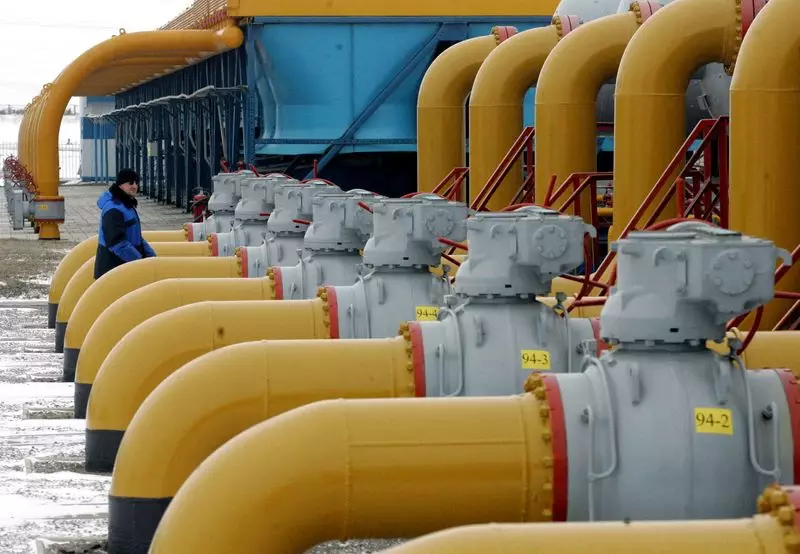As of January 1, 2025, a significant chapter in the energy landscape of Europe has come to a close. Russian natural gas exports, which have historically flowed through pipelines in Ukraine, have been officially halted. This cessation marks not only the expiration of a long-standing transit agreement but also symbolizes the culmination of a decade-long deterioration in relations between Russia and Ukraine that began with Crimea’s annexation in 2014. The implications of this shutdown extend far beyond the borders of these two nations, reshaping energy reliance and market dynamics across Europe.
Ukraine’s Energy Minister, German Galushchenko, articulated the broader ramifications of this transit shutdown, indicating that Russia’s withdrawal from the European gas market serves as a historic setback for the Kremlin. With a new phase in European energy security emerging, countries on the continent have taken decisive steps to pivot away from Russian gas. The urgency to diversify energy sources has intensified following Russia’s invasion of Ukraine in February 2022, prompting the European Union to seek alternatives to what was once a significant supply pathway. Galushchenko’s statements reflect a pronounced commitment by Ukraine to national security, viewing the halt as a strategic necessity.
In practical terms, the termination of gas transit through Ukraine translates into substantial financial repercussions. Ukraine stands to lose approximately $800 million annually in transit fees, while Gazprom, the Russian state-controlled energy giant, is estimated to incur losses nearing $5 billion in potential sales. This financial fallout underscores the significant economic interdependence that historically characterized Russia’s gas trade with Europe, an interdependence now unraveling under the pressure of geopolitical conflict.
With the cessation of gas flow through Ukraine, Russia’s remaining pathways for exporting gas to Europe have come under scrutiny. The TurkStream pipeline, which runs beneath the Black Sea, continues to deliver gas to Turkey and Central European nations such as Hungary and Serbia. However, these routes are insufficient to replace the volumes once transported through Ukraine. Previously, pipelines including Yamal-Europe and the Nord Stream route were key components of Russia’s energy strategy, delivering unprecedented volumes to European markets. Unfortunately, both of these routes faced their own crises; Yamal-Europe has been paralyzed, and Nord Stream was rendered inoperable following sabotage in 2022.
This historical context reveals that while alternative routes exist, they cannot effectively compensate for the lost volumes. In 2018, Russia delivered a record 201 billion cubic meters (bcm) of gas to Europe; by 2023, this figure has plummeted to merely 15 bcm via Ukraine alone. The rapid decline illustrates both the impact of the ongoing conflict and the European Union’s significant strides in energy independence.
The energy crisis extending from this conflict has not been uniform across Europe. Countries situated close to the former Soviet Union, such as Moldova, are experiencing acute challenges due to their historical reliance on Russian energy sources. Moldova has announced imminent measures to curtail gas consumption by at least a third, illustrating the direct human and economic stakes involved in this geopolitical drama. The plight of these nations underscores the need for both immediate and long-term solutions, as energy security becomes a pressing concern for much of Eastern Europe.
The cessation of Russian gas exports through Ukraine encapsulates a pivotal shift in the geopolitical and energy landscape of Europe. As countries grapple with the repercussions of this transition, the international community watches closely, understanding that the ramifications of these decisions will extend far beyond mere economic consequences. Both Russia and Ukraine, caught in the crossfire of conflict and energy dependency, face significant challenges in the coming years. The situation serves as a stark reminder of how intertwined energy security is with global politics, and it compels nations to reevaluate their energy strategies in a rapidly changing world.

